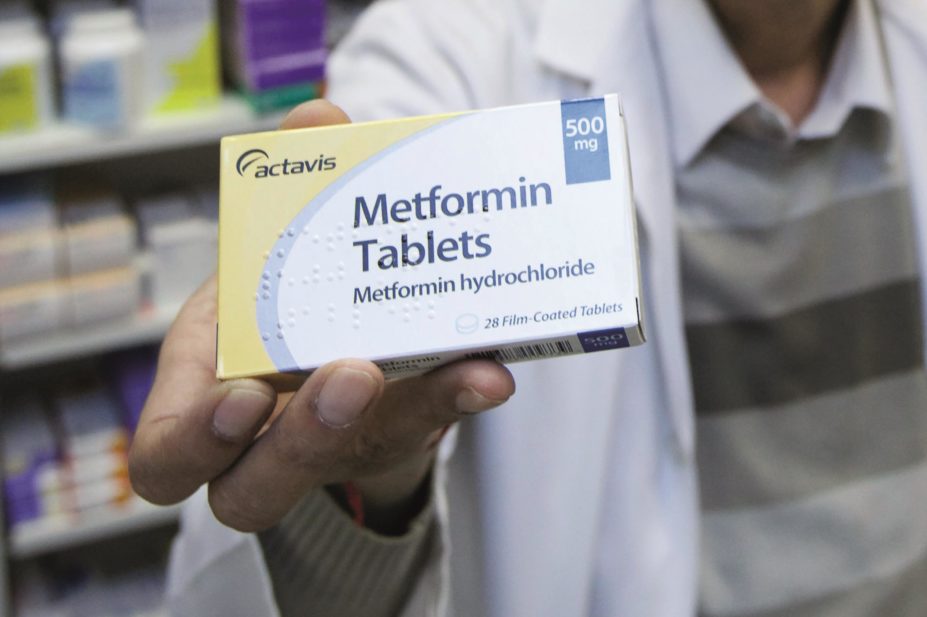
Mark Thomas / Science Photo Library
The European Medicines Agency (EMA) is reviewing the prescribing advice for metformin-containing medicines for treatment of type 2 diabetes because of concerns that the advice may be too restrictive.
The move is in response to a request from the Dutch medicines agency following its own routine safety review of the drug. The Dutch review found that current evidence may not justify contraindicating metformin in patients with moderate reduction of kidney function.
The Dutch agency also discovered that prescribing information for metformin products varies between European Union countries and recommendations within the prescribing advice are sometimes “inconsistent” with clinical guidelines for treating diabetes.
The EMA highlights that metformin has the potential to cause the rare, but serious, complication of lactic acidosis – when lactic acid builds up in the blood faster than it can be removed. Patients who have a significant reduction in kidney function are most at risk and the current prescribing information warns against using metformin for this group of patients.
The EMA review, announced on 28 January 2016, will consider whether prescribing information for metformin and metformin combination products needs to be updated.
The National Institute for Health and Care Excellence recommends that metformin use be reviewed if the estimated glomerular filtration rate (eGFR) is below 45ml/minute/1.73m2 in adults with type 2 diabetes and that it should be stopped if the eGFR is below 30ml/minute/1.73m2. NICE also advises that the drug is prescribed with caution for those at risk of a sudden deterioration in kidney function and those at risk of eGFR falling below 45ml/minute/1.73m2.


